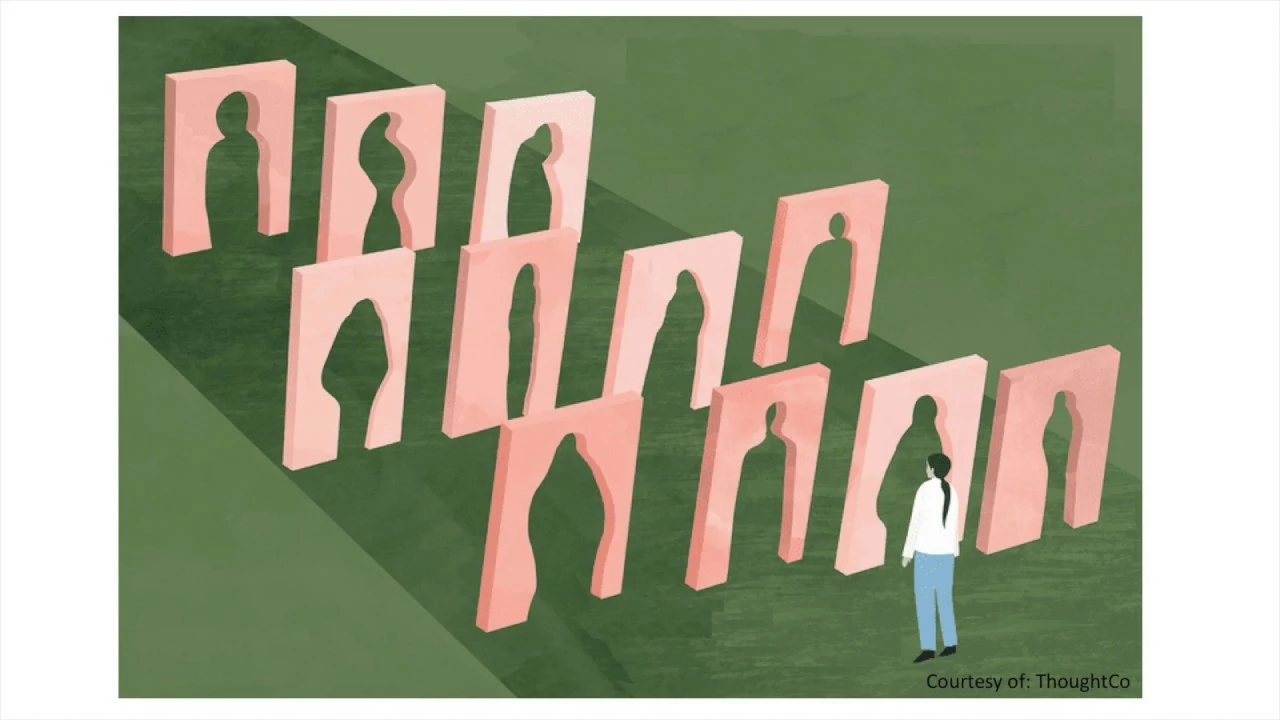Indians' View of Americans – Insights on Perception & Stereotypes
Ever wondered what the average Indian thinks about people from the United States? It’s more than a quick guess – there’s a clear pattern of admiration, curiosity, and a few misconceptions. This page breaks down the main reasons behind the positive vibe, the stereotypes that stick around, and what the reality looks like for both sides.
Why Indians Admire the U.S.
First off, many Indians respect the U.S. for its freedom and opportunities. The idea of a place where you can start a business, study at a top university, or simply have a better life shows up a lot in conversations. Tech success stories, especially from Silicon Valley, are a huge draw. When an Indian hears about a startup that began in a garage and grew into a global brand, it fuels the belief that the U.S. is a land of innovation.
Education is another strong pull factor. Indian families often talk about sending kids abroad for a degree, and the U.S. tops the list for its variety of courses, research facilities, and campus life. The sheer number of Indian students in American colleges reinforces the perception that the U.S. welcomes talent from abroad.
Common Stereotypes and Reality
Despite the admiration, some stereotypes linger. One common belief is that all Americans are loud, overly confident, and obsessed with individual success. While you’ll find confident people, the U.S. is also home to many who value community, teamwork, and quiet contribution. It’s a mix, just like any large country.
Another stereotype is that Americans are either very wealthy or very poor, with little in‑between. The reality is a broader economic spectrum. You’ll see high‑tech workers earning six figures, but also many families juggling daily expenses just like anyone else. Understanding this helps Indians see the U.S. as a complex society rather than a single story.
Indians also tend to think the U.S. is all about fast‑paced life, with little room for tradition. Yet you’ll find Indian festivals celebrated on campuses, neighborhoods with temples, and communities that keep cultural practices alive. The blend of old and new makes the American experience unique, and many Indians appreciate that balance.
So, what does all this mean for someone eyeing a U.S. career or study path? It means the perception is generally positive, but it’s wise to dig deeper. Look beyond headlines and talk to people who have lived the experience. Real stories reveal the nuances that a broad view can miss.
In short, Indians view Americans through a lens of respect for opportunity, admiration for tech progress, and a sprinkle of stereotypes that need checking. Knowing both sides helps you prepare better—whether you’re applying for a job, planning a study abroad program, or simply curious about cross‑cultural vibes.
Ready to explore more? Keep reading our International Relations section for deeper insights on how cultures meet, clash, and collaborate across borders.

